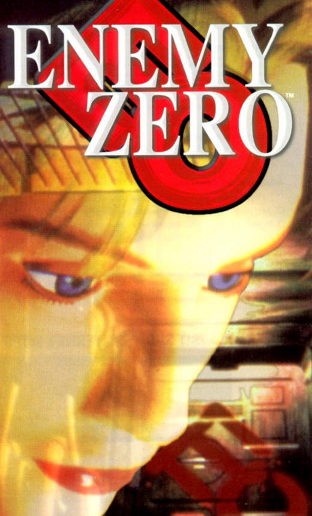Unveiling the Secrets of Sega Saturn's Enigmatic Gem
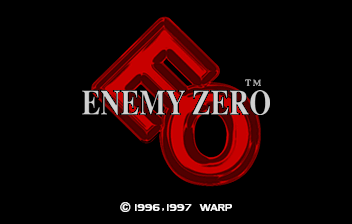
In survival horror, where titans like Resident Evil and Silent Hill dominate the landscape, Enemy Zero for the Sega Saturn is a mysterious outlier that its more illustrious peers have often overshadowed. Released in 1997, this atmospheric masterpiece was developed by WARP and directed by Kenji Eno, the visionary mind behind D and Real Sound: Kaze no Regret. It defied conventions and delivered an experience that was as innovative as it was unsettling. As we delve into the labyrinthine depths of Enemy Zero, we will explore its unique gameplay mechanics, narrative intricacies, technical achievements, and the lasting impact it has left on the survival horror genre.
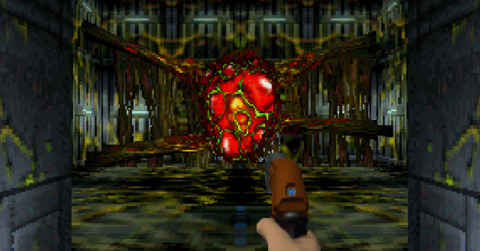
Enemy Zero marked a departure from the traditional survival horror formula, presenting players with a game mechanic that was both revolutionary and divisive. Unlike its counterparts, Enemy Zero traded conventional combat for a nerve-wracking reliance on sound. Players assumed the role of Laura Lewis, portrayed by the talented British actress and musician Laura Burkett, who finds herself trapped on a derelict spaceship infested with invisible extraterrestrial beings known as "Enemy." Armed with only a sonar device, players had to rely on sound cues to detect and eliminate these unseen foes.
The sonar mechanic, while innovative, brought an added layer of tension to the gameplay. Laura could only perceive the proximity and direction of the Enemy through the varying pitches of their haunting footsteps and growls. This forced players to listen intently, heightening the suspense as they navigated the dimly lit corridors of the spacecraft. The minimalist approach to combat meant that every encounter with the Enemy was a life-or-death struggle, emphasising the protagonist's vulnerability and intensifying the horror elements.
The game's navigation system added another layer of complexity, as players had to rely on a map and memorise the ship's layout. The absence of a heads-up display (HUD) heightened the sense of immersion and vulnerability. Enemy Zero demanded a level of spatial awareness and mental mapping seldom seen in other survival horror titles of its time.
Enemy Zero's narrative unfolded gradually, unravelling a tale of corporate intrigue, extraterrestrial encounters, and the blurred lines between reality and nightmare. Kenji Eno's penchant for unconventional storytelling manifested in a plot that kept players guessing until the end. The narrative drew inspiration from classic sci-fi themes, blending elements of psychological horror with a futuristic setting.
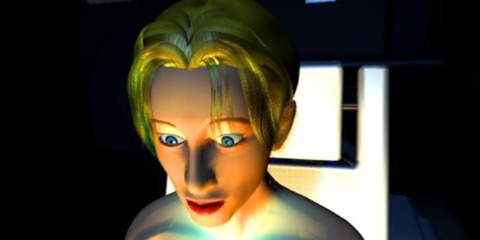
As Laura delved deeper into the mysteries of the spaceship, the line between reality and hallucination became increasingly blurred. The eerie and unsettling atmosphere complemented the game's narrative intricacies, creating an experience transcending traditional survival horror norms. The haunting soundtrack, composed by Michael Nyman, further enhanced the game's emotional impact, evoking a sense of isolation and despair long after the credits rolled.
The character of Laura Lewis, portrayed with conviction by Laura Burkett, added a human touch to the chilling narrative. Burkett's voice acting, coupled with the limitations of the Sega Saturn hardware, resulted in a performance that, while occasionally stilted, contributed to the overall otherworldly atmosphere of the game. Laura's journey from confusion to determination resonated with players, and her vulnerability in the face of the unseen Enemy added a layer of emotional engagement to the experience.
Enemy Zero pushed the boundaries of the Sega Saturn's capabilities, showcasing the technical prowess of its developers. The game featured full-motion video (FMV) sequences that seamlessly integrated with the polygonal environments, a remarkable feat given the hardware limitations of the era. The pre-rendered CGI backgrounds and the atmospheric lighting effects created a hauntingly beautiful yet unsettling ambience that defined the game's aesthetic.
One of the standout technical achievements was implementing the A.I.D.S. (All In-game Development System) system. This innovative feature dynamically adjusts the difficulty of the game based on the player's performance. If players repeatedly fall victim to the invisible enemy, the game would subtly ease the challenge by adjusting enemy aggression and detection factors. Conversely, skilled players would face a more formidable and unforgiving adversary, ensuring each player's personalised and tailored experience.
Despite the technical achievements, Enemy Zero had its challenges. The limited processing power of the Sega Saturn occasionally resulted in polygonal clipping and a choppy frame rate, diminishing the otherwise immersive experience. Additionally, the absence of a traditional combat system may have alienated some players accustomed to the action-oriented approach of other survival horror titles.
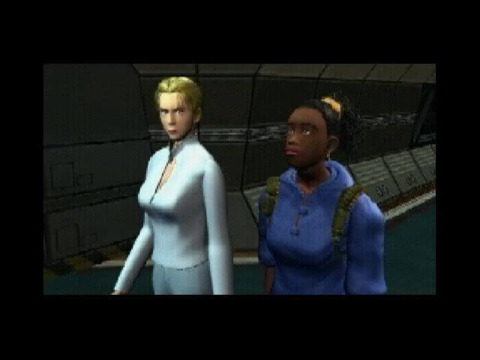
Enemy Zero's impact on the survival horror genre may not have been as immediately apparent as that of its contemporaries. Still, its influence can be seen in subsequent titles that embraced unconventional gameplay mechanics and narrative ambiguity. Games like Amnesia: The Dark Descent and Alien: Isolation owes a debt to Enemy Zero's emphasis on vulnerability and the psychological toll of survival horror.
The innovative use of sound as a primary gameplay mechanic also left an indelible mark. While other survival horror titles relied heavily on visual cues, Enemy Zero dared to challenge players by removing the safety net of sight. This bold decision added a layer of tension and paved the way for future horror games to experiment with unconventional sensory experiences.
Enemy Zero stands as a testament to the creative daring of Kenji Eno and the development team at WARP. Its departure from the survival horror genre's established norms, technical achievements, and atmospheric narrative cements its status as a cult classic. While it may have yet to achieve the commercial success of its peers, Enemy Zero remains a unique and memorable experience for those willing to explore the uncharted territories of interactive horror.
Enemy Zero: A Sonic Odyssey into Survival Horror earns its place as a gem in the Sega Saturn library, offering a hauntingly atmospheric journey that challenges the conventions of the survival horror genre. While the unorthodox gameplay mechanics may not be everyone's cup of tea, those willing to immerse themselves in the enigmatic world of Laura Lewis and the Invisible Enemy will find a chilling and unforgettable experience that lingers in the mind long after the final echoes fade away.
